Last year, after Zara and I returned from the NAVHDA Invitational, I wrote a post called Preparing for the NAVHDA Invitational. This covers what I think is necessary to get your dog fairly solid before the test. This year, I spent a lot of time watching other handlers, both on the day I tested and volunteering as a photographer in the field. This gave me even more insight into what you can do as a handler to help your dog pass on the day you’re running. For more details about how the Invitational is judged, check out the NAVHDA Aims book.
This year, Zara and I were fortunate to pass and she earned the Versatile Champion (VC) title. :)
Practice for Breaks in the Field
The field portion of the Invitational is an hour long. I know when I first heard that, I pictured the dogs literally running for the full hour, with breaks for bird work, of course. That is not the case. While I think it’s a good idea to make sure your dog is conditioned to run for a full hour with minimal breaks, in reality, there are lots of long breaks at the Invitational.
I saw this even more clearly this year and I wish I had trained for this format. After every bird contact, there will be time to give your dog water, possibly go to one of the water tubs, and just hang out in the shade for a few minutes (if there’s a tree nearby). Zara does not like waiting around when she’s in the field and I struggled with keeping her under control during these breaks. After a quick dip in the water tub, she had no interest in standing in one place. I had to hold her collar or put her in a strong “whoa” to get her to wait.
During these breaks, the judges will often discuss their strategy. For example, if they need to see one of the dogs get a retrieve, they’ll decide which way to send that dog. The other dog will usually need to wait behind until the first dog is pointing, so it can come up and honor. There are also often times when one or both dogs will need to wait while the judges plant an extra bird. To me, these field runs often felt like the dogs ran for 10 minutes, worked a bird, then sat in the water tubs for 5 minutes. Ran for 5 more minutes, worked a bird, then back to the water tubs for another 5 minute break. It felt very segmented. It’s a much different pace than say, an hour field trial run, where as soon as the dog has worked the bird and gotten water, they’re off to find the next one.
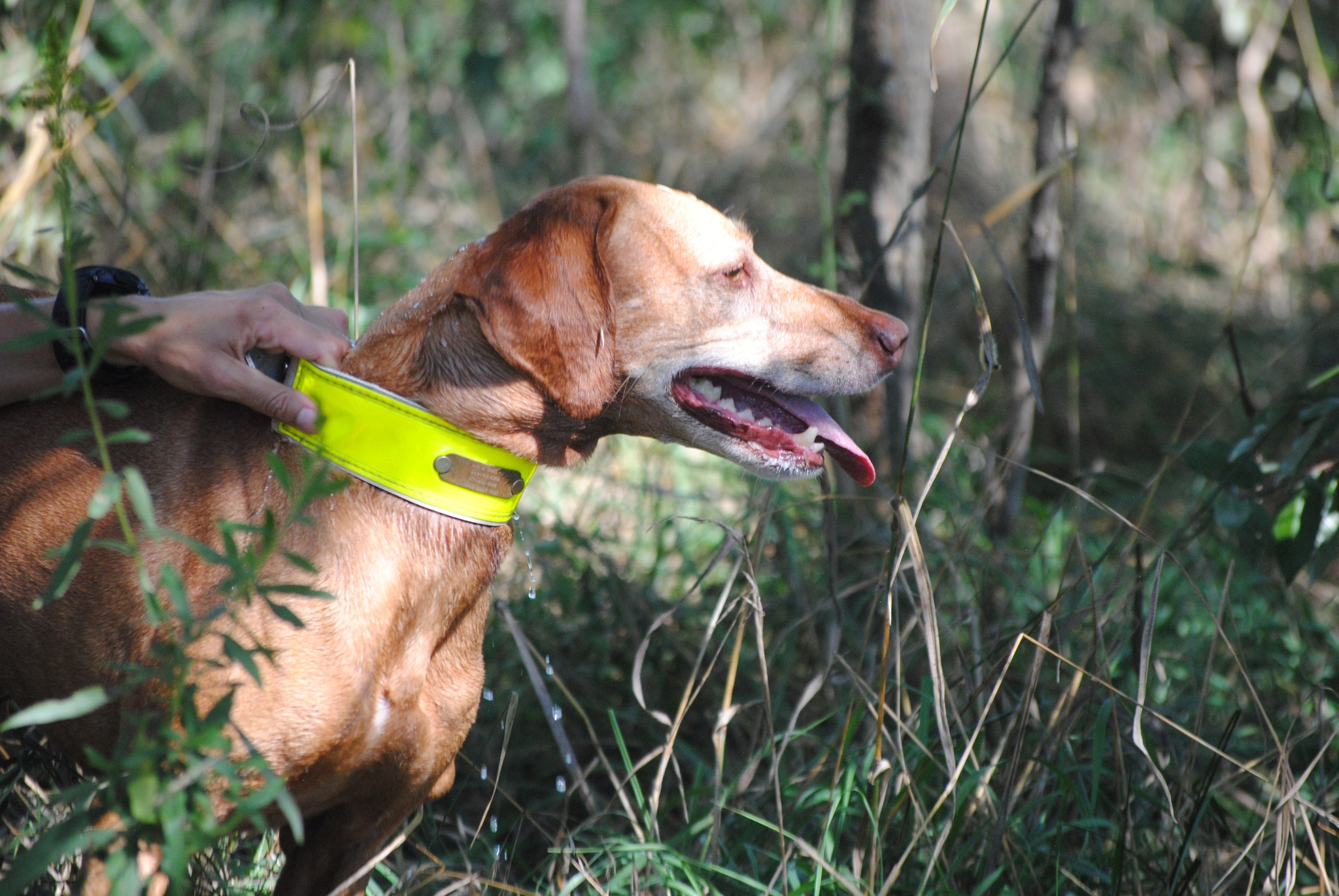
Waiting during her field run. You can see how hard Zara is straining against her collar. She was not happy being held. Photo by Kaytlyn Heesacker/Surefire Kennels.
Practice Handling Into Backs
At the Invitational, your dog has to honor its bracemate’s point in the field without a command from you in order to pass. In an ideal world, both dogs are ahead of the gallery, one goes on point and the other stops when it sees the first dog. Then the handlers, judges, and gunners walk up to work the bird. It’s a lovely sight when that happens and I think it’s much more natural to the dog.
I walked 15 braces this year, including my own, and from what I saw, that is not the case the majority of the time. A lot of times, the dogs will be in different areas, with the gallery split between the two. When one dog goes on point, the judge with that dog will signal to the judge with the other dog to bring it over. This means the handler now has to “handle” their dog into a back. Some dogs require more handling than others. Depending on your dog, you may need to give it a lot of “this way” or “over here” type commands to get it going in the correct direction. It’s also helpful if you can direct your dog so that it runs up on the pointing dog broadside, which offers a clear view.
This skill definitely requires practice and I would recommend you do it enough in training. A lot of times the dogs can sense that they’re being set up and that doesn’t usually help.
Heel Through People
Heeling is one of the items that is judged at the Invitational and I’ve seen dogs that didn’t pass solely due to heeling. However, I don’t really enjoy heel training and I’d certainly be rather doing more “fun” things like running field braces or practicing blind retrieves. Zara has never been great at heeling and while we have managed to get 3s and 4s in our NAVHDA tests, it’s usually a little sloppy. I practiced off-leash heeling a lot this summer and really tried to proof it against a lot of distractions. One thing I didn’t do much of was practice heeling through a crowd of people.
This became obvious to me during the double mark retrieve and blind retrieve. At both events, the group of judges was standing pretty close to me. After I took the ducks from Zara and handed them to one of the judges, we had to heel out of there. In both instances, Zara was a little confused with the extra people around and had trouble focusing on me. She was also watching to see where the duck went. I realized that in training, I usually only had one other person next to me to take the duck. I wish I had practiced with several people, to simulate the team of judges. I don’t remember this being as much of an issue last year when we ran the Invitational. However, I think the areas around the water were more open in New Mexico and the judges were standing further back, under a tent. In Ohio, the setup was tighter and the judges needed to be closer to the shore to see the dogs.
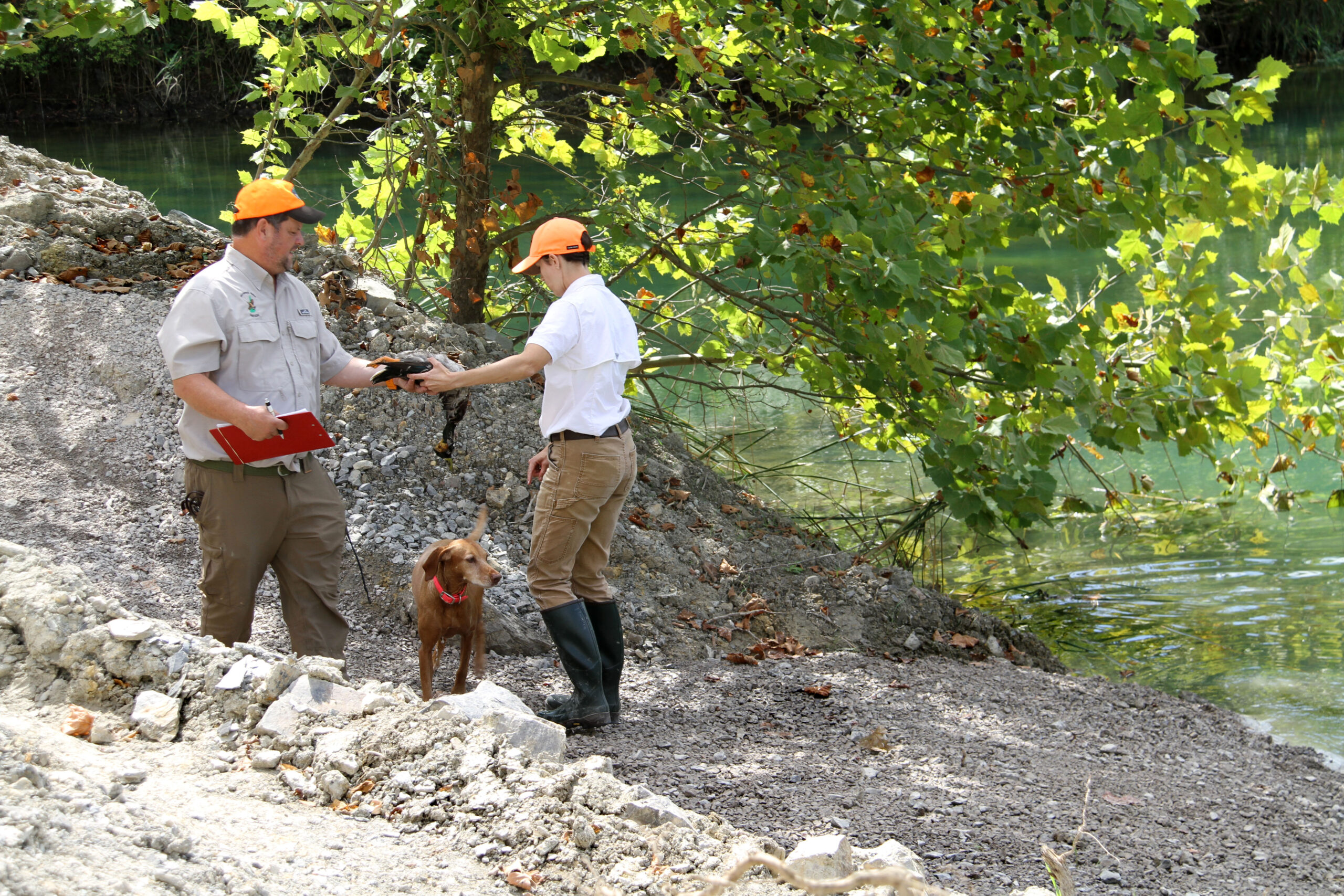
Handing off the duck to the judge after the blind retrieve. You can’t see the other judges in this image, but they were close by. Photo by Nancy Anisfield.
Blind Retrieve Tips
Failing to complete the blind retrieve is one of the most common reasons that dogs don’t pass the Invitational. That is why Zara and I didn’t pass in 2022. I discussed some training ideas in last year’s post, but I picked up a few more tips by watching and participating this year.
Drag the Duck Further
To set up the blind retrieve, a volunteer on the opposite shore from the send point dips a dead duck into the water and then drags it along the ground a short distance (perhaps 10 to 20 yards). This distance can vary from year to year depending on the grounds. In New Mexico, it looked like the duck was pretty close to the water’s edge. In Ohio this year, the duck was much further up the hill. I noticed several dogs that reached the opposite shore, but then passed by the duck a few times before they caught the scent and went to it. Zara did the same thing. It was not a big issue, but I had not focused on the length of the drag in training. My main focus was always getting her across the water and I figured she could find the duck once she got over there.
Once your dog understands the concept of “go straight across the water,” I would practice dragging the duck 20, 30 yards or more at least a few times. That way they’re not always looking for it right near the water.
Practice Shooting Before the Blind Retrieve
Unless your dog does the blind retrieve/honor by blind first at the NAVHDA Invitational, they’re going to hear the gunshot from the honor by blind before they run. This could potentially throw the dog off if it gets to the water’s edge and anticipates hearing another shot and seeing a duck drop. They may think that they’re about to do the double mark instead. I didn’t do this in training, but you might consider having your dog hear a bunch of shots before you do a blind retrieve. This can be easily accomplished if you are training with other people and doing the whole blind retrieve into honor by blind sequence. Or you could just shoot some shots before your dog goes.
Train with Scent Coming from the Honor Duck
This year, the honor by blind was set up to the left in a cove that was kind of behind the blind retrieve send point. When I first saw the layout, I thought this was a good thing, because it seemed like the honor by blind and blind retrieve were well-separated. However, I watched a lot of dogs go left toward that area when they were sent. It’s possible they were catching scent from the dead ducks in that area. I know a friend whose dog didn’t pass in 2021 because the wind was blowing from the honor duck and his dog kept going that way instead of across.
This is similar to what I experienced with Zara in 2022 – she went left and got hung up in an area of reeds. People had said they had seen live ducks in the area. I would highly recommend training with either live or dead ducks on the shore very close to your send point. Set up the honor by blind five feet from the blind retrieve. I put a live duck in a bird bag this summer and had it close to the send point – maybe about 10 yards. When I lined Zara up, what did she do? Go right to the live duck of course. I called her back to me. It probably took me four sends to get her across the water, but she finally did.
I wouldn’t do this exercise until your dog is consistently doing solid blind retrieves and understands the concept. However, given that I’ve seen this distraction affect dogs the past three years, I would definitely do it as proofing.
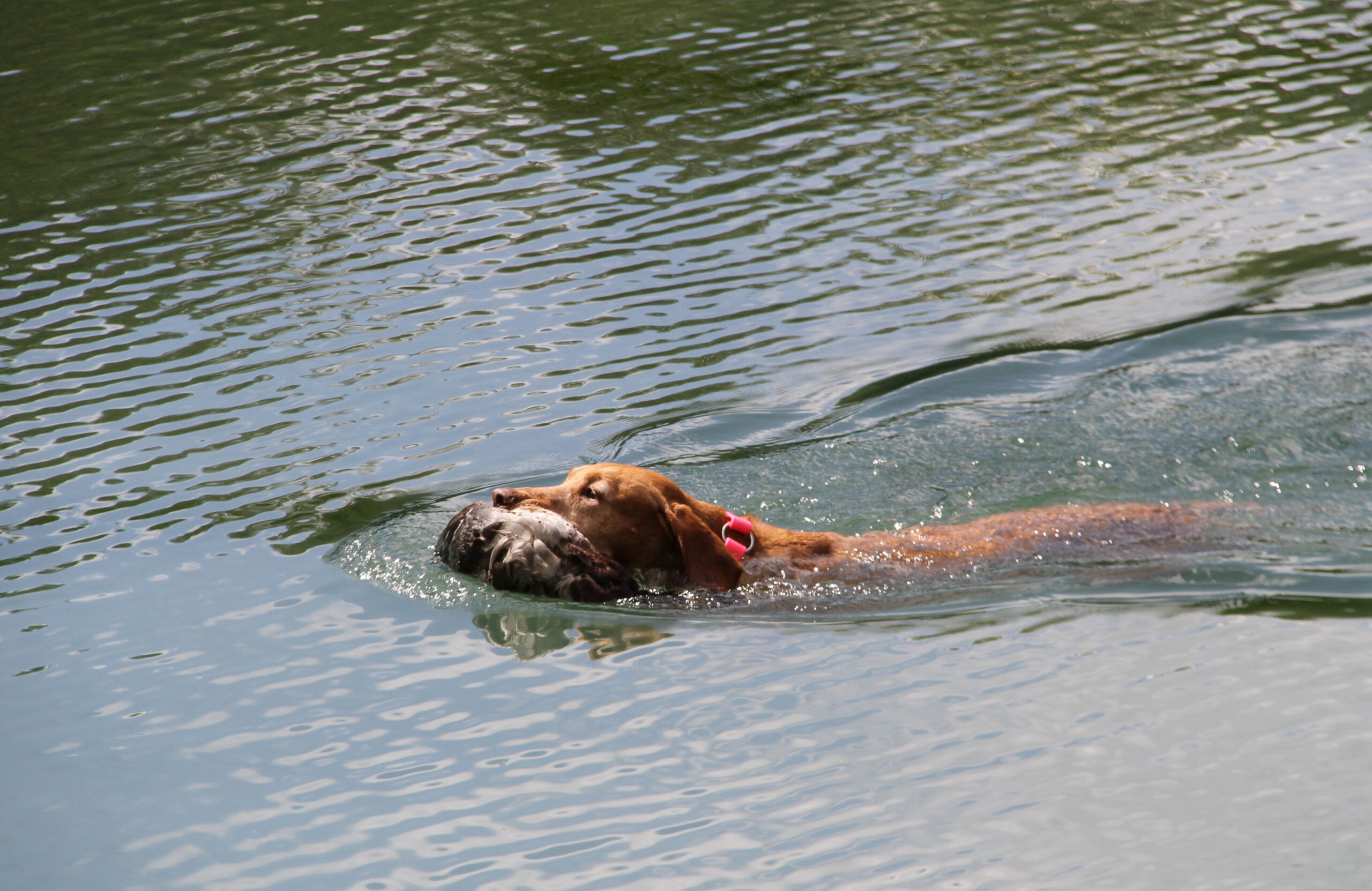
Zara returns with the duck from the blind retrieve. Photo by Nancy Anisfield.
Be Careful with Commands
This is true at the Utility level as well. If you are giving commands and your dog is not taking them, your score starts dropping fast. Any time you give a command (fetch, whoa, heel, etc.), make it count. However, know that a well-timed command (even if it’s an “extra” or not ideal) can save your run.
Travel Beforehand
Since the Invitational is held in only one location per year, it’s likely that you’ll have to travel some distance to get there. Depending where you live, this could be a long way! If you have a young dog or one that’s not used to traveling, I would do a few “test run” type trips the summer before you run in the Invitational to make sure that your dog is not totally thrown off by being away from home. Some dogs don’t eat or sleep well on the road and this can certainly affect their performance.
Don’t Give Up On Your Dog
As I mentioned in my post about the Utility test, it’s a long day any time you run a NAVHDA test. This applies at any level, from Natural Ability to the Invitational. It’s always good to remember that unlike a lot of other bird dog events, your dog is not “out” if it makes a mistake. You get to finish the whole day regardless. At the Invitational, in some instances, you will know right away that you didn’t pass. For example, when Zara didn’t get the duck at the blind retrieve last year, I knew we didn’t pass even though we still had to do the double mark. However, other “mistakes” may not be as impactful. I think it’s important to keep your head in the game and do what you need to do in order to get through. I’ll give an example.
When I was photographing in the field this year, a man was running his German shorthaired pointer. The dog broke on the shot on the first bird, which is not supposed to happen. The guy did not shout “whoa” or give his dog any corrective command when that happened. The same thing happened with the next bird. At that point, the judges told him that he could give a command if he needed to. But he did not heed the judges’ advice. He just let the dog get out of control. It seemed like he basically gave up on his dog and his chances of passing. It was a little disheartening to watch. If he had given a stern “whoa” the first time the dog tried to break, it’s possible he could have gotten his point across and saved his field run. Instead, he didn’t try and thus, didn’t pass.
Even if you think your dog is not doing well, I think it’s important to keep your head in the game and give an extra command or two if needed. If you’re running the Invitational, chances are you trained pretty hard over several months for this event. Don’t let one mistake throw you off and ruin your chances of passing.
If you’ve run the NAVHDA Invitational, are their other tips that I’ve missed? Leave me a comment below.
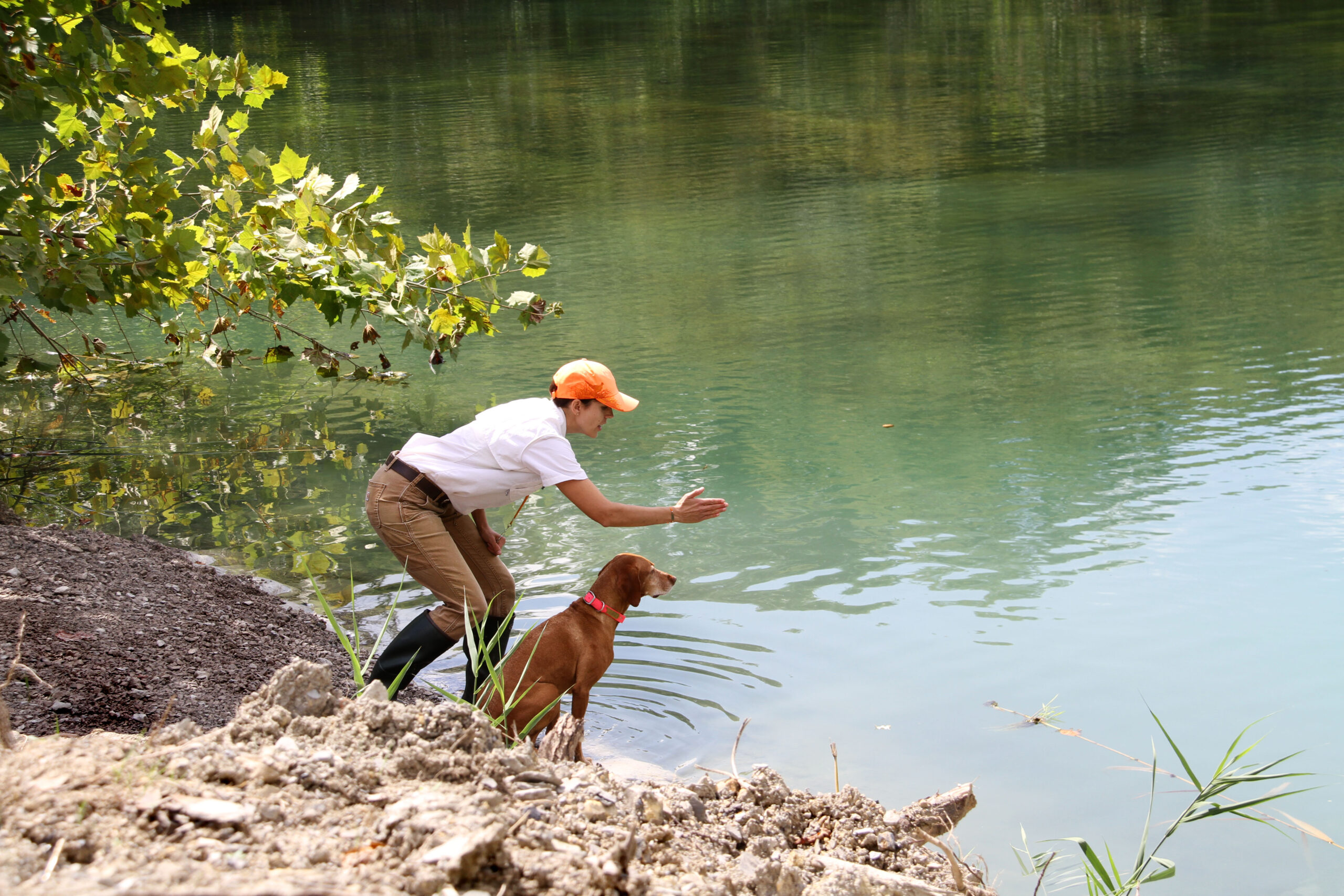



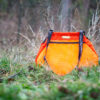


Great advice Terry Ann.
Thanks for reading! I’m glad you liked it. :)
Thank you so much for putting together this extremely helpful article!
Hi Jennifer,
You’re welcome!